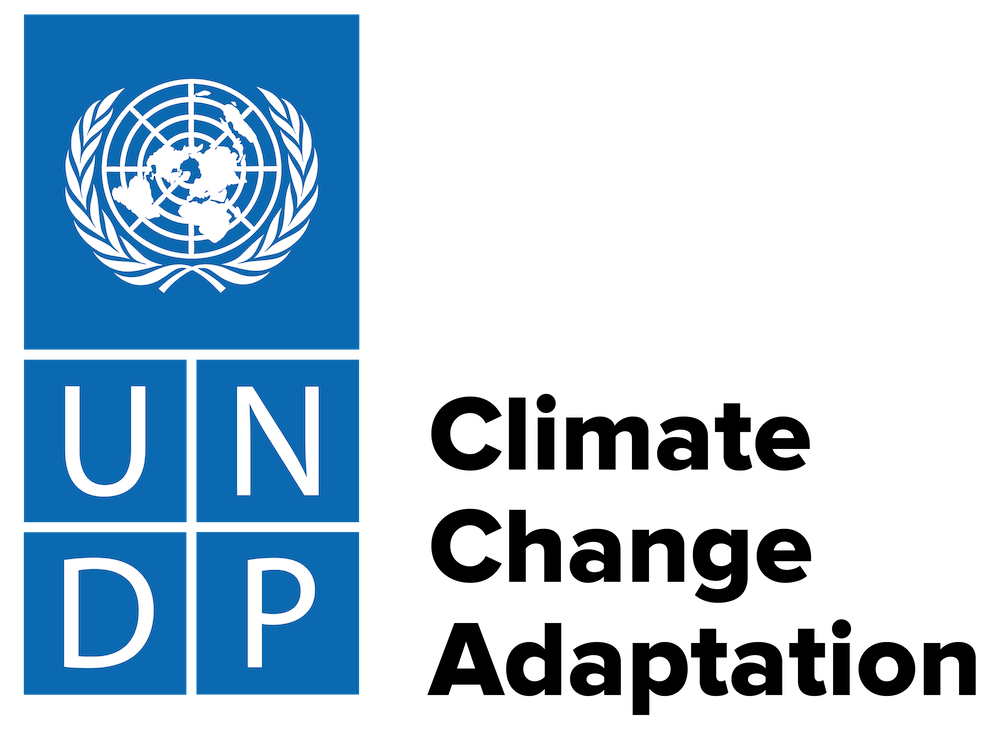Samoa is a Small Island Developing Country located in the Southwest Pacific. The climate is tropical with uniform temperatures ranging between 24°C-32°C, and average precipitation of about 3,000mm. As other Pacific Island countries, Samoa during the 20th Century has experienced an increase in average temperatures—a mean increase of 0.59°C—and a decrease in precipitation by 49.28mm. Climate change projections from the First National Communication (FNC 1999) and the United Nations Framework Convention on Climate Change (UNFCCC) suggest that this pattern will continue and accelerate with increasingly higher occurrences of high intensity, but reduced overall annual rainfall, increased average temperature, sea-level rise, and increased tropical cyclone frequency and intensity. As a semi-subsistence nation with approximately 70 percent of the population and infrastructure located in low-lying coastal areas, these projected changes are expected to pose significant risks to community livelihoods and ecosystems across the country.
In response to these threats, the UNDP-GEF Community-Based Adaptation (CBA) Programme has piloted five adaptation projects aiming to reduce the vulnerability and increase the adaptive capacity of communities and their ecosystems to the adverse impacts of climate change. The Samoan National Adaptation Programme of Actions (NAPA 2005) identified nine priority sectors for adaptation, including agriculture and food security, water, biodiversity, health, forestry, coastal infrastructure and environment, tourism, urban settlement and village communities. The UNDP-GEF CBA portfolio in Samoa has predominately consisted of adaptation interventions targeting sustainable land management and biodiversity conservation, though most projects have followed a cross-sectoral approach to include interventions from different other priority sectors.
This report analyses and summarizes Samoa’s experience in developing and implementing CBA projects. It builds on a cluster of three projects deliberately selected to reflect the full range of CBA’s work in Samoa. The projects include (1) ‘Community-based adaptation against flooding and sea-level rise” in Safai Village’; (2) ‘Community-based adaptation for Lelepa Village’ in Lelepa Village; and (3) ‘Reduce the impacts of climate change-driven erosion through protection and conservation of mangroves, ecosystems and coral reefs” in Fasitootai.’ Successively, the study reviews and contrasts climate change risks and adaptation responses in selected projects, the impacts on communities and their ecosystems, the enabling factors for successful adaptation, the challenges encountered, dissemination and replication strategies and lessons learned.
